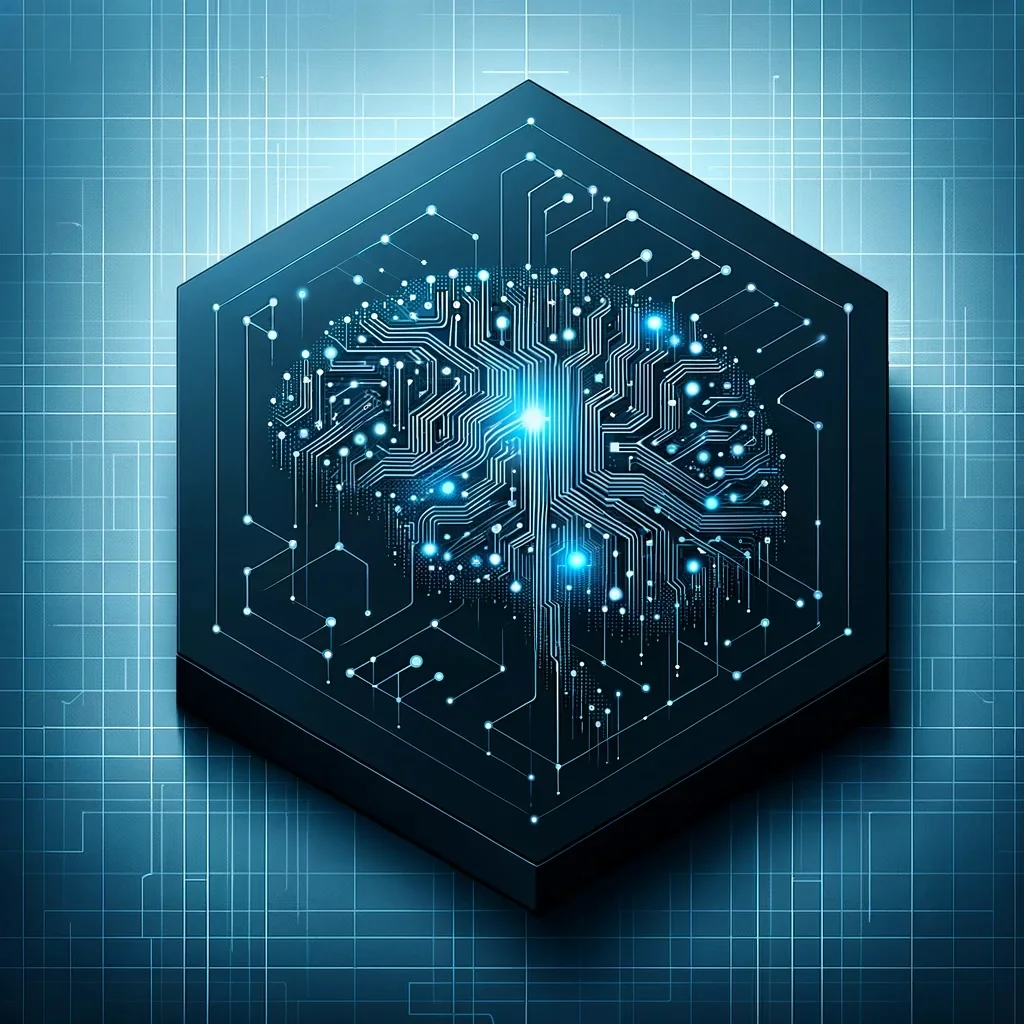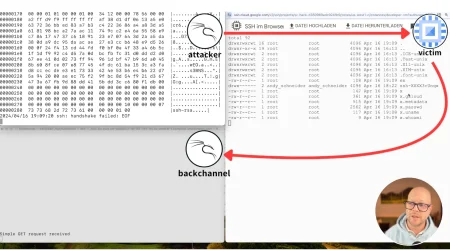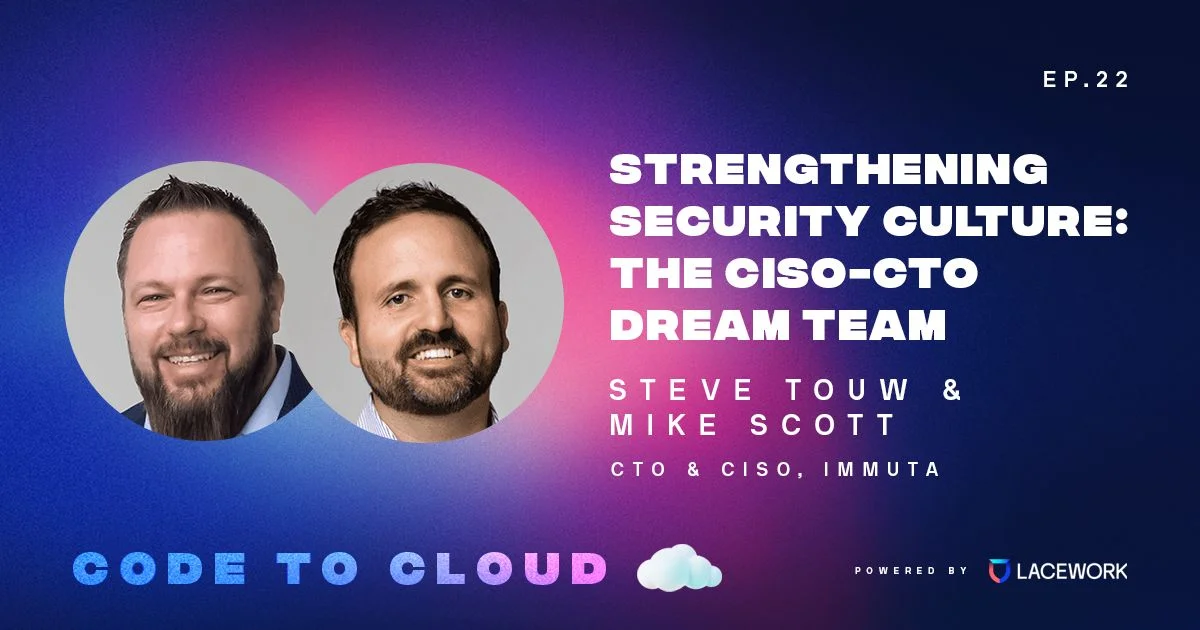12 months of detecting cloud-based threats
Why didn’t the detection engineers use the pyramid of pain? Because they didn’t want to be buried in work.
As businesses increasingly migrate to the cloud, the importance of robust threat detection in these new environments is paramount. Lacework is at the forefront of developing and implementing strategies to identify and mitigate such threats. This post delves into 12 effective methods that Lacework uses to detect cloud-based attacks. If it helps, you can turn this into a calendar for each month of 2024 and focus on improving each area across the year.
January: Anomaly detection
Lacework leverages anomaly detection algorithms to monitor cloud environments. These algorithms identify deviations from normal behavior, flagging potential security incidents such as data breaches or unauthorized access. The statistical models implemented by Lacework dynamically determine when suspicious activity occurs, identifying the unique aspects of each cloud environment.
February: AI and machine learning
Artificial intelligence (AI) and machine learning (ML) can analyze vast amounts of data to identify anomalies and predict potential threats. Technologies such as the Lacework platform baseline and learn from the ever-evolving cloud environment, enhancing detection capabilities over time. A recent Composite Alert identified the use of compromised AWS keys when an attacker conducted reconnaissance on a customer’s network.
March: Enhanced log analysis
Deep analysis of logs from cloud infrastructure, applications, and services helps in detecting suspicious activities. Lacework utilizes a variety of analysis and correlation mechanisms to sift through massive volumes of log data for signs of compromise. Due to the speed at which attackers move through a cloud environment, this analysis occurs at near real-time speed to enable early threat identification.
April: Network traffic analysis
Monitoring and analyzing network traffic within cloud environments is key. Lacework uses ML analysis techniques to spot unusual patterns or activities that could indicate network intrusions or data exfiltration attempts. Combined with anomaly detection, this provides a holistic approach to detecting active attacks.
May: Endpoint monitoring
Endpoints are often the entry points for attacks. Through our customizable agent, Lacework focuses on monitoring endpoints that access cloud services, ensuring any malicious activity is detected and addressed promptly. Lacework supports every major Linux distribution, Windows servers, container runtime, container orchestrator, and serverless runtimes, like Fargate and Cloud Run.
June: User and entity behavior analytics (UEBA)
UEBA involves analyzing user activity patterns to identify abnormal behaviors that could signify account compromise or insider threats. This method is crucial in detecting threats from within an organization.
July: Integration of threat intelligence
Lacework integrates various threat intelligence feeds to provide insights into the latest attack vectors and threat actors. This information is vital for detecting and defending against emerging cloud-based threats, and is continuously updated to provide the most relevant details for investigations.
August: Cloud-native security tools
Work closely with your cloud service provider to understand their security measures and how they complement your own. For example, Lacework integrates with AWS services like GuardDuty, CloudTrail, and Security Hub so customers can decrease risk, reduce operational overhead, and provide consistent observability in cloud environments.
September: File integrity monitoring
Monitoring changes to critical files and configurations in the cloud can signal a potential security breach. The Lacework agent employs file integrity monitoring (FIM) to detect unauthorized modifications.
October: Implement continuous monitoring
Continuous monitoring of network traffic and user activities helps in early detection of unusual patterns or potential threats. Utilize cloud-native monitoring tools or third-party solutions such as Lacework that offer near real-time analytics and alerting.
November: Integrate a robust identity and access management (IAM) System
Effective IAM ensures that only authorized users have access to specific cloud resources. Implement multi-factor authentication and regular audits of access permissions and entitlements to minimize the risk of unauthorized access.
December: Regular security assessments
Regular audits help in identifying security gaps and ensuring compliance with industry standards and regulations. This case study shows how Lacework assessment results converted a DevOps company to a DevSecOps company.
Learn more about threat detection
The fight against cloud-based attacks demands a comprehensive strategy, blending state-of-the-art technology, in-depth expertise, and relentless monitoring. Lacework emerges as a pivotal ally in this challenge, providing specialized knowledge and innovative tools to defend against the dynamic spectrum of cloud-based threats. By adopting these 12 strategies throughout the year, businesses can significantly enhance their ability to detect and respond to cloud-based attacks, safeguarding their data and operations in the cloud.
Read about our latest threat detection enhancements here.
Categories
Suggested for you














